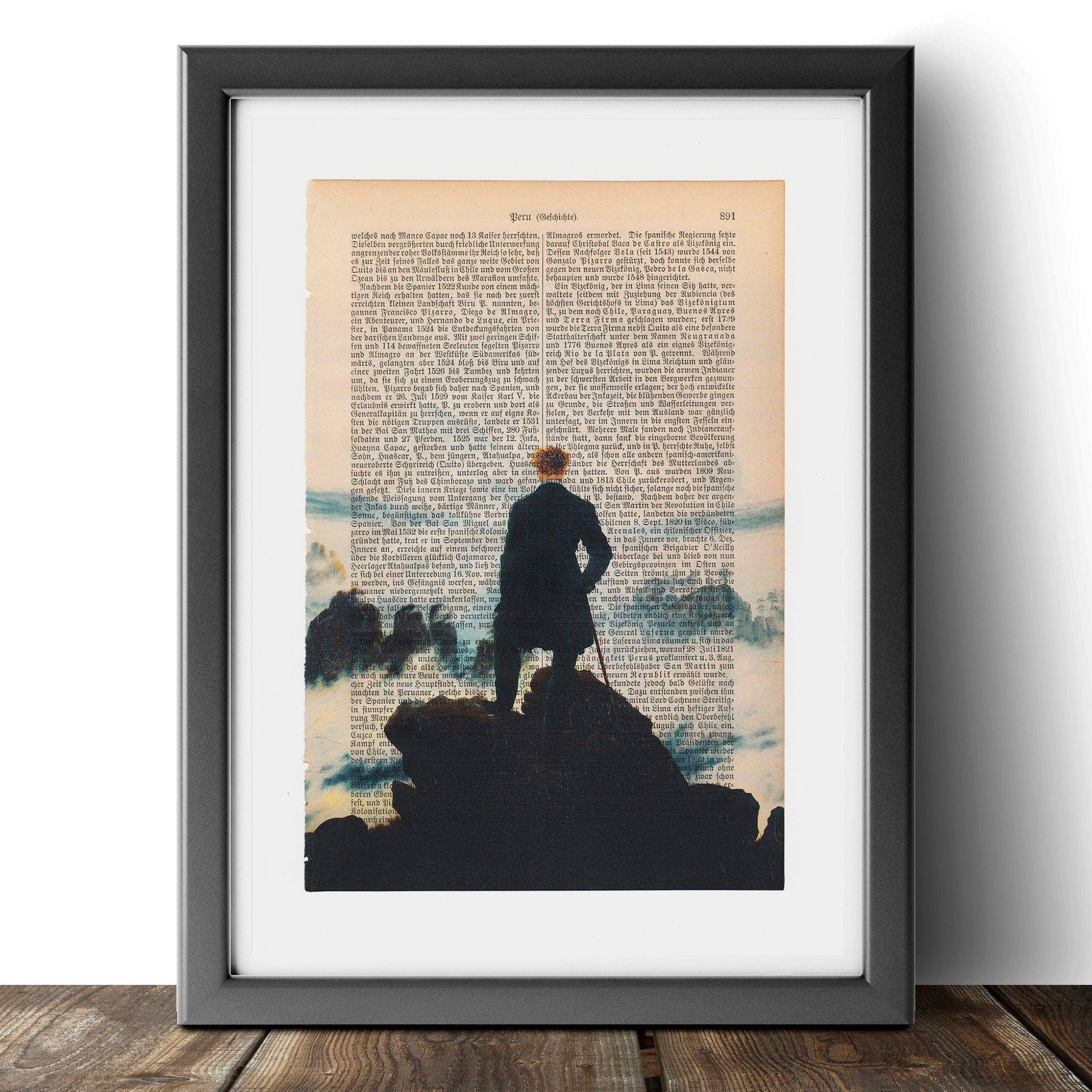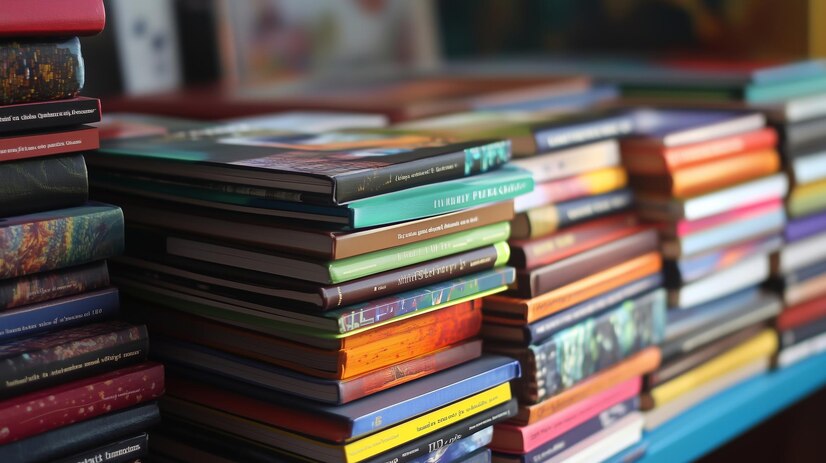
Estimated reading time: 6 minutes
Key Takeaways
- Book pages artwork enriches the reader experience and reinforces brand identity.
- Core elements include thoughtful typography, balanced layouts, and effective white space.
- Artistic flourishes—drop caps, illustrations, borders—set tone and enhance narrative flow.
- Selecting the right software (InDesign, Affinity Publisher, Vellum, Reedsy) streamlines design.
- Balance between visual appeal and readability is essential for engagement.
Table of Contents
- What is Book Pages Artwork?
- Core Elements of Interior Book Design
- Artistic Enhancements for Book Pages
- Tools and Software for Designing the Pages
- Best Practices for Interior Book Design
- Common Mistakes to Avoid
- Case Examples or Visual Inspiration
- Conclusion
- FAQ
What is Book Pages Artwork?
Book pages artwork refers to the creative illustrations, decorative elements, and design features that adorn interior pages, bringing the narrative to life.
It includes chapter vignettes, icons, borders, backgrounds, and spot illustrations that support the story’s mood and theme.
Interior layouts, typography, and page-level graphics sustain interest long after the cover has lured the reader via interior book design.
Strategic use of imagery enriches the reading experience and reinforces brand identity.
Source: Wikipedia – Book design
Core Elements of Interior Book Design
Typography
- Font Choice: Select fonts that match genre and tone—serif for tradition, sans-serif for modernity.
- Font Size & Spacing: Use 10–12pt for body text with 1.15–1.5 line spacing for comfort.
Page Layout
- Margins: Standard margins (0.5–1 inch) prevent text from getting lost in the binding. Learn more
- Chapter Headings: Stylize with unique fonts or icons and maintain consistent placement.
- Text Alignment: Left-aligned is easiest on the eyes; fully justified offers a clean look.
- White Space: Use blank areas to reduce clutter and guide attention.
- Running Headers/Footers: Include book title or chapter name for navigation and branding.
- Page Numbering: Place consistently in footer corners with simple styling.
Source: 99designs on book layout
Artistic Enhancements for Book Pages
- Chapter Openers: Use full-bleed images or themed icons to set mood.
- Drop Caps: Enlarged first letters add a classic touch—use sparingly.
- Thematic Icons: Repeat small motifs to reinforce themes (e.g., leaf icons).
- Backgrounds & Watermarks: Subtle frames or tonal backgrounds complement text.
- Genre Alignment: Match designs to tone—whimsical for fantasy, minimal for non-fiction.
Source: Creative Bloq on book layout design
Tools and Software for Designing the Pages of a Book
- Adobe InDesign: Industry-standard with master pages and advanced typography controls.
- Affinity Publisher: Budget-friendly alternative offering linked frames and style sets.
- Vellum (Mac): Elegant ebook and print file creation with live previews.
- Reedsy Book Editor: Free online tool with professional templates for print and digital.
Best Practices for Interior Book Design
- Maintain consistent fonts, heading styles, and spacing via a style guide.
- Tailor design to your target audience—dynamic for YA, clarity for textbooks.
- Balance decorative elements with readability—avoid ornate body text.
- Consider professional designers to ensure industry-standard quality. Learn more
Source: Webflow on book interior design
Common Mistakes to Avoid
- Overloading pages with graphics—keep to one illustration per spread.
- Illegible fonts or poor contrast—test readability under various conditions.
- Lack of consistency—use templates and style sheets.
- Ignoring platform specs—review print and digital formatting requirements.
Source: Reedsy on formatting mistakes
Case Examples or Visual Inspiration
- Minimalist Classics: Pride and Prejudice uses simple typography and ample white space.
- Children’s Books: Where the Wild Things Are integrates playful fonts with vibrant images.
- Fantasy Series: Harry Potter features ornate chapter headings, house icons, and thematic borders.
Source: Book Designers sample layouts
Conclusion
Thoughtful book pages artwork transforms a good story into a memorable journey. Exceptional interior design sets your work apart in a crowded marketplace.
By balancing visual elements and readability, you create a seamless experience that keeps readers engaged from first page to last.
Partner with experienced designers or use the right tools, and make your pages as captivating as your prose. Get started today.
FAQ
Q: What qualifies as book pages artwork?
A: It includes all interior illustrations, decorative typography, borders, backgrounds, and visual motifs that support the story.
Q: How do I choose the right margins?
A: Standard margins of 0.5–1 inch balance print safety and note-taking space—consult your printer’s specifications.
Q: Which software is best for beginners?
A: Reedsy Book Editor offers an intuitive online interface and free professional templates for both print and ebooks.
Q: How can I ensure my design remains readable?
A: Stick to 10–12pt body fonts, maintain consistent line spacing, and test contrast under different lighting conditions.



